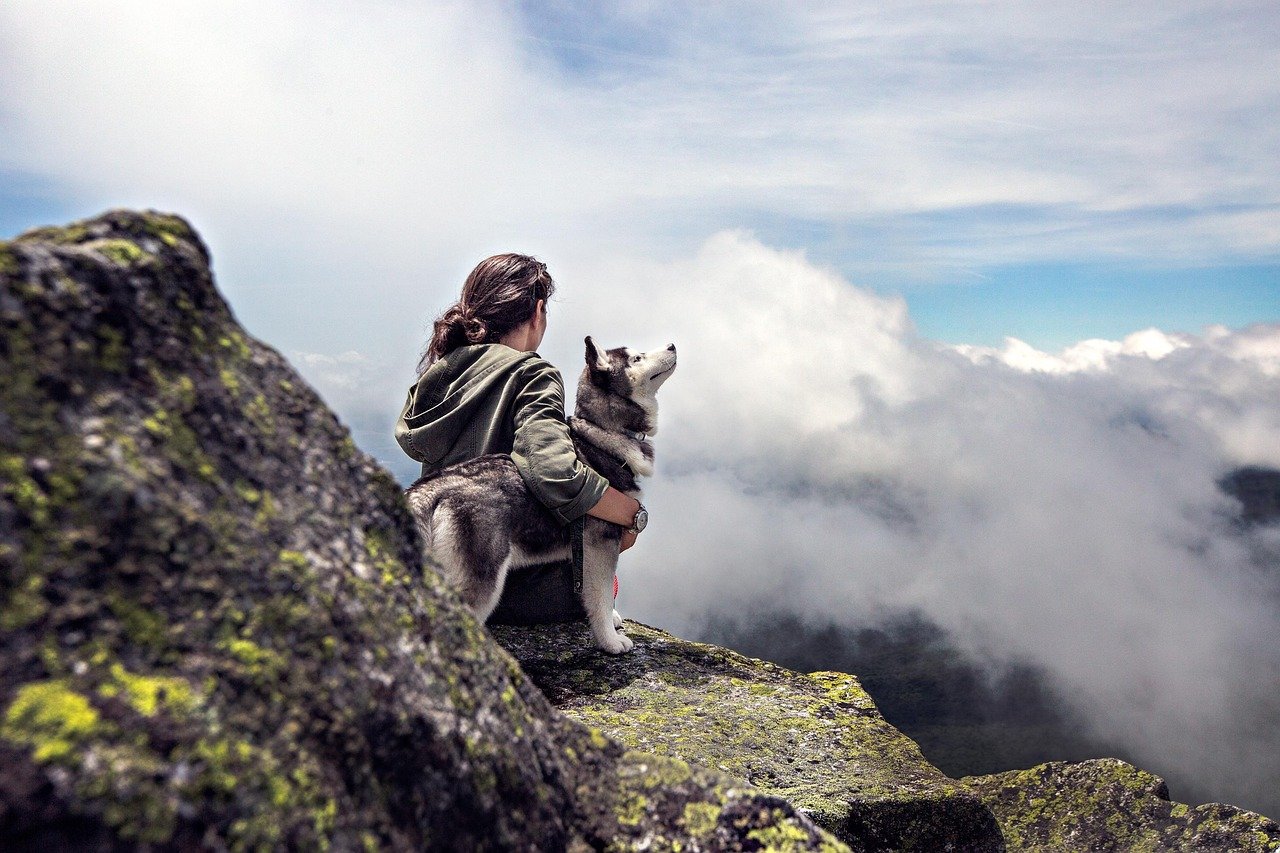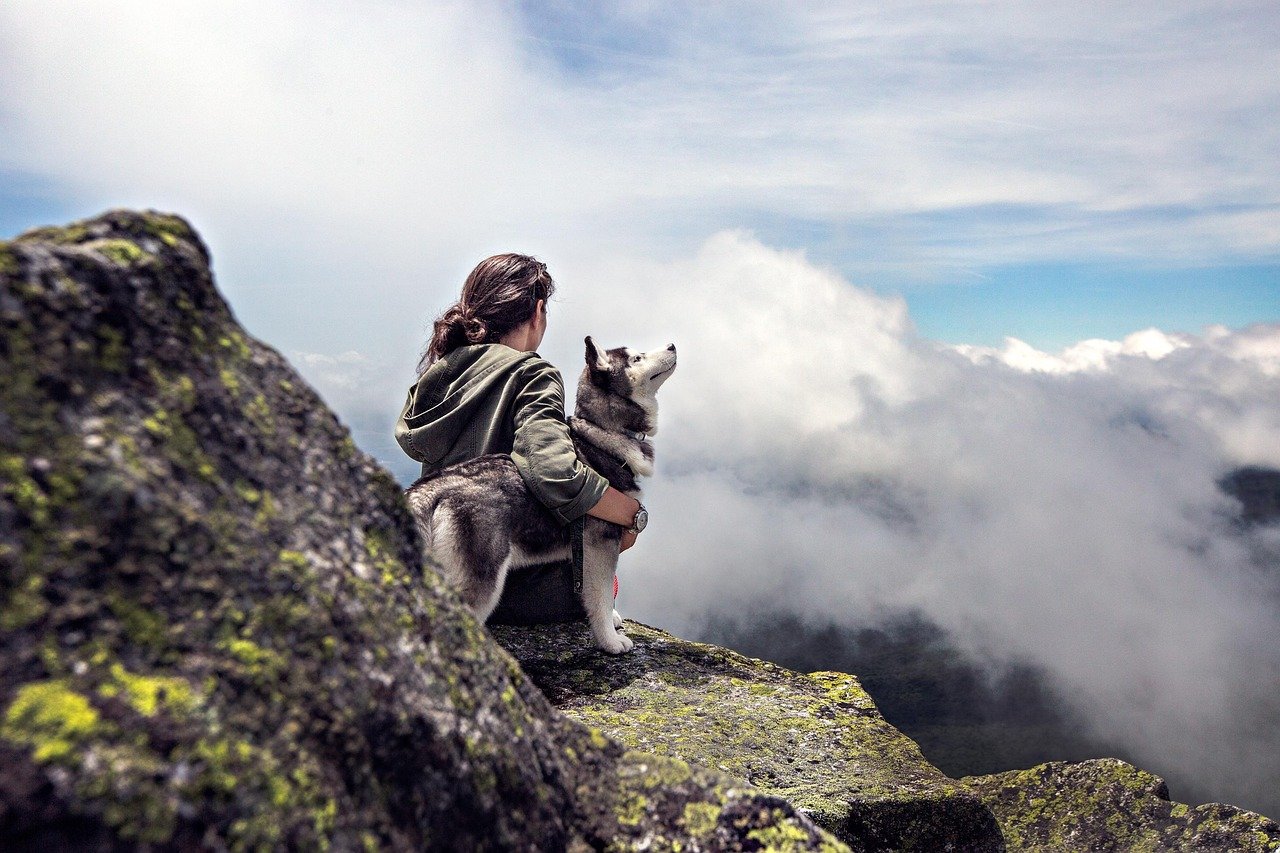Did you ever come home to find your dog waiting proudly outside the front door, tail wagging, with a mysterious amount of dirt on their nose? Or maybe your cat has mastered the art of squeezing through the tiniest window crack? If you’re nodding along, you’re not alone! Some pet breeds have a magical knack for turning your home into an obstacle course, and themselves into the ultimate Houdinis. But what makes these breeds such clever escape artists? Let’s explore the fascinating and often hilarious reasons behind their disappearing acts.
The Call of Curiosity
Curiosity isn’t just a trait; for some breeds, it’s practically a superpower. Dogs like the Siberian Husky or Jack Russell Terrier and cats like the Bengal seem almost driven by an inner explorer’s compass. Their minds are always racing with questions: What’s on the other side of the fence? How does the neighbor’s yard smell? This relentless need to know fuels their escape attempts. They’ll prod, poke, and paw at any potential exit, just to solve the puzzle of what lies beyond. For owners, this means constantly being one step behind their pet’s next big adventure. Think of them as furry detectives, always on the hunt for their next mystery to solve.
Boundless Energy That Needs an Outlet

Some breeds seem powered by limitless batteries. The Border Collie, for instance, was bred to herd sheep all day, and your backyard just isn’t big enough to contain their zest for movement. When energy isn’t channeled into games or activities, it starts looking for an escape route—literally. Digging under fences, leaping over barriers, or squeezing through gaps becomes a game in itself. It’s not mischief; it’s simply a case of too much energy and nowhere to burn it. If you’ve ever watched a dog do laps around the living room, you know what we’re talking about!
Intelligence: The Double-Edged Sword
Smart breeds are always thinking. Poodles, German Shepherds, and Siamese cats are quick learners, but their intelligence can be a blessing and a curse. They can figure out how to open door handles, undo latches, or even slide open windows. While this cleverness makes them great at learning tricks, it also means they quickly get bored. And a bored, smart animal will always look for something to do—which often turns into an escape mission. Their problem-solving skills are impressive, but sometimes you wish they’d apply them to, say, learning to nap!
Strong Prey Drive: The Instinct to Chase
For breeds with a high prey drive, like Beagles or certain terriers, the world is one big moving target. Squirrels, birds, or even a blowing leaf can trigger their instincts. The urge to chase is so strong that fences and gates are seen as mere obstacles, not barriers. This focus can be so intense that these pets may forget everything else in their quest. Owners often find themselves reinforcing fences or installing taller ones, but these determined escape artists see every barrier as a challenge to overcome.
Pack Loyalty and Separation Anxiety

Some breeds, such as Labrador Retrievers and Vizslas, are deeply bonded to their humans. When left alone, their longing to reunite can drive them to break out in search of their pack. This isn’t rebellion; it’s heartfelt loyalty. Separation anxiety can inspire even the most gentle pet to become a master escape artist. You might find chewed doors or scratched windows as evidence of their attempts to get back to you. Their determination is both touching and, at times, a little exhausting.
Adventurous Spirit and Wanderlust

Certain breeds are just born adventurers. Huskies and Alaskan Malamutes, bred for sledding across great distances, carry a built-in wanderlust. The great unknown calls to them like a siren song. Even if they’re well-fed, loved, and entertained, the urge to roam can be irresistible. For these pets, the world is a giant playground full of sights, sounds, and smells begging to be discovered. Trying to contain their adventurous spirit is like asking a mountain climber to be satisfied with climbing the stairs.
Resourcefulness and Determination
Many escape artist breeds are incredibly resourceful. They’ll use whatever is at their disposal—climbing onto garbage bins, moving objects to create steps, or digging strategic holes. Their persistence is almost admirable, and sometimes, you might catch yourself marveling at their ingenuity. It’s as if they’re on a secret mission, and no obstacle is too great. Owners often have to think several steps ahead, reinforcing barriers and removing “tools” that could aid in escape. Living with these pets can feel like a never-ending chess match!
The Importance of Mental and Physical Stimulation
The best way to keep escape artist breeds happy (and at home) is to provide plenty of mental and physical stimulation. Puzzle toys, agility training, and long walks can work wonders. It’s not just about tiring them out—it’s about engaging their sharp minds and active bodies. When their needs are met, the urge to escape lessens, and your home becomes the exciting place they want to stay. In the end, embracing their unique personalities and channeling their talents can turn even the craftiest escape artist into a loyal, content companion.
What kind of adventures would your pet have if they could roam free?
Jen is a passionate nature lover and ocean conservationist. She has dedicated her life to protecting the environment and preserving the beauty of the natural world. Growing up in a small coastal town, Jen sincerely appreciated the ocean and its inhabitants. She has spent countless hours exploring the shoreline, learning about the creatures that inhabit the waters, and advocating for their protection. Jen is an active member of ocean conservation organizations, and she is committed to educating the public about the importance of conserving wildlife and the natural environment.






